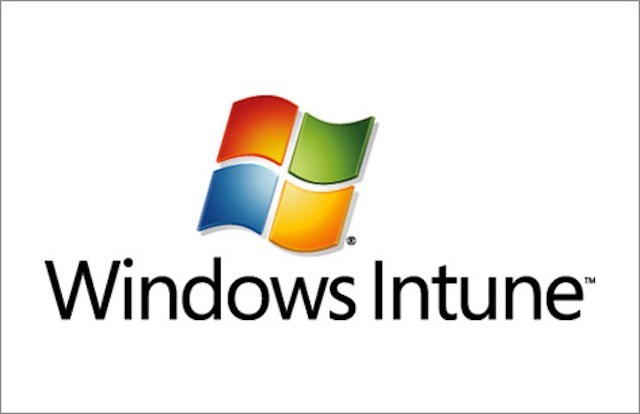Microsoft has decided to jump into the mobile management marketplace. The company has announced plans to retool its Intune cloud-based desktop management service to manage iPhones, iPads, and some Android devices. The news follows RIM’s similar decision to include iOS and Android management in the new BlackBerry Mobile Fusion console that it designed for its PlayBook tablet.
Microsoft’s Brad Anderson, corporate vice president of the company’s management and security division division showed off the new version of Intune at Microsoft Management Summit (MMS) in Las Vegas. Anderson’s presentation, however, wasn’t able to illustrate Intune’s upcoming iOS management capabilities because the iPhone used in his demo failed to perform properly with the Intune release being used – an event that The Register reported as seeming “as though the spirit of Steve Jobs was in the room.”
Although Microsoft has noted mobile device management features will be added to Intune, the company hasn’t offered a lot of details yet. However, a Microsoft blog post written by Eric Main, director of product marketing for Intune, implies that the capabilities will largely be centered around Microsoft Exchange and its ActiveSync protocol.
The next release of Windows Intune will integrate with Windows Server Active Directory and Microsoft Exchange Server, allowing IT to manage the many devices brought into the workplace, even if they’re not owned by the organization. IT will also be able to use Windows Intune to set security policies for mobile devices and enforce password protection, encryption and even kick off a remote wipe if a device is compromised. Windows Intune’s mobile device management will support any device with Microsoft Exchange ActiveSync capabilities, including Windows Phone, iOS and Android.
Apple added Exchange ActiveSync support to the iOS with the 2008 release of iOS 2 and the iPhone 3G. While ActiveSync does provide the ability to set passcode policies and trigger the remote wipe of an iOS device, it doesn’t provide significant device or data management policies. Whether Microsoft intends to build on Apple’s mobile management framework, which offers significantly better management and security capabilities, is unclear at this time.
In addition to ActiveSync and/or mobile device management features, Microsoft is aiming to include some enterprise app store capabilities. These include pointing users to apps in Apple’s iOS App Store and distributing internal apps. Intune will offer similar features for Windows PCs and Android devices. The company hasn’t indicated if Intune will integrate with Apple’s volume purchase program.
It’s too early to say if Intune will provide much value as a mobile management solution, but based on the available information, its iOS management capabilities seem well below those offered by almost every other mobile management vendor at this point.


